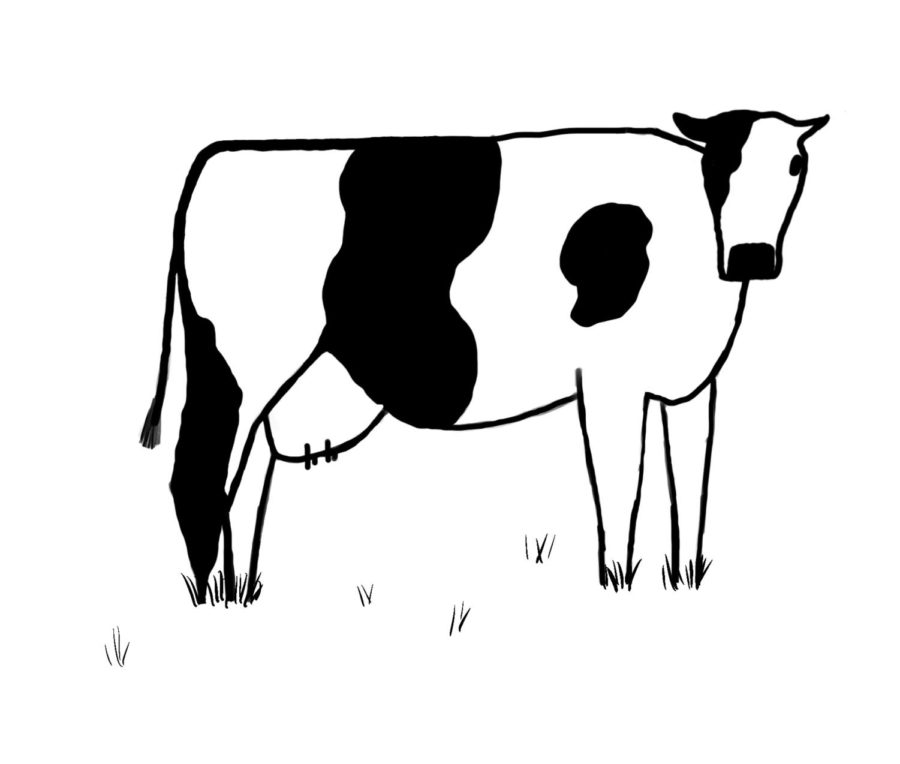Genetically modified foods have many benefits, but there are also many known and unknown risks.
Genetic modification changes the gene, which causes characteristics of the organism to change. When plants are genetically modified, a foreign gene is inserted into the plant’s own genes.
The commercial sale of genetically modified foods began in 1994 when the FDA approved the Flvr Svr delayed ripening tomato.
According to Human Genome Project Information, in 2006, 252 million acres of transgenic crops were planted in 22 countries. Most of these crops were herbicide and insect resistant corn, cotton, soybeans, canola, and alfalfa.
According to the Huffington Post, 70 percent of corn and 90 percent of soy is genetically modified.
Crops are being field-tested that could be weather resistant. Other genetically modified food sources that are being tested are quickly maturing fish and mad cow disease resistance cows.
Some advantages of genetically modified foods are pest resistance, herbicide tolerance, cold tolerance, disease resistance, quicker mature time, enhanced taste, and added nutrients.
One concern about genetically modified foods is that they are considered an intellectual property. Intellectual properties are creations of the mind that have exclusive rights protected by the law.
Common things that have intellectual property rights are copyrights, trademarks, patents, and industrial design rights.
This could lead to corporate control when a company is able to own crops.
Plant breeders also have rights that give them exclusive control over the seeds, cutting, divisions, tissue culture and the harvested material including cut flowers, fruit and foliage, that are for a set number of years.
Petition I-522, “The People’s Right to Know Genetically Engineered Food Act,” is an initiative to the Washington state legislature that, if passed, would establish a mandatory labeling of foods processed through genetic engineering.
This petition still needs enough signatures collected to be able to appear on the next ballot.
Since genetically modified food isn’t labeled, it is impossible for people to know how much they are consuming. This initiative would make it so they can be aware, and make the choice to consume it or not.
However, foods that are labeled organic are not genetically modified.
Many people don’t really know how much food is genetically modified.
The California Department of Health and Agriculture reports that almost 80 percent of processed foods contain some ingredient that was genetically modified.
Another possibility that could happen is an unintentional gene transfer and crossbreeding, since pollination can’t be controlled.
An issue regarding genetically modified foods is a reduction in biodiversity, which inadvertently leads to increased allergies.
There haven’t been many studies on the effects of genetically modified foods on human health because most effects are long term and are still being researched.

















